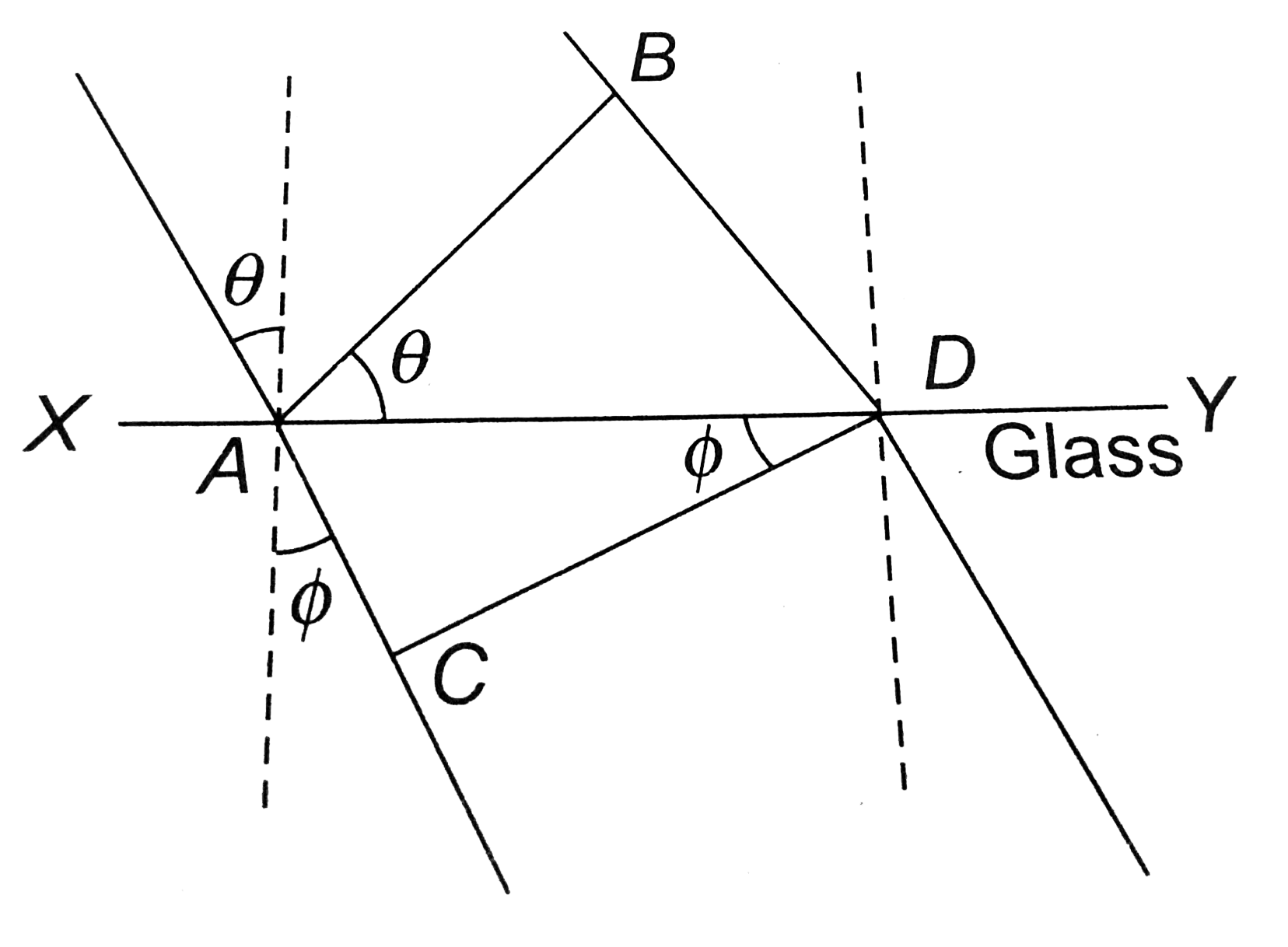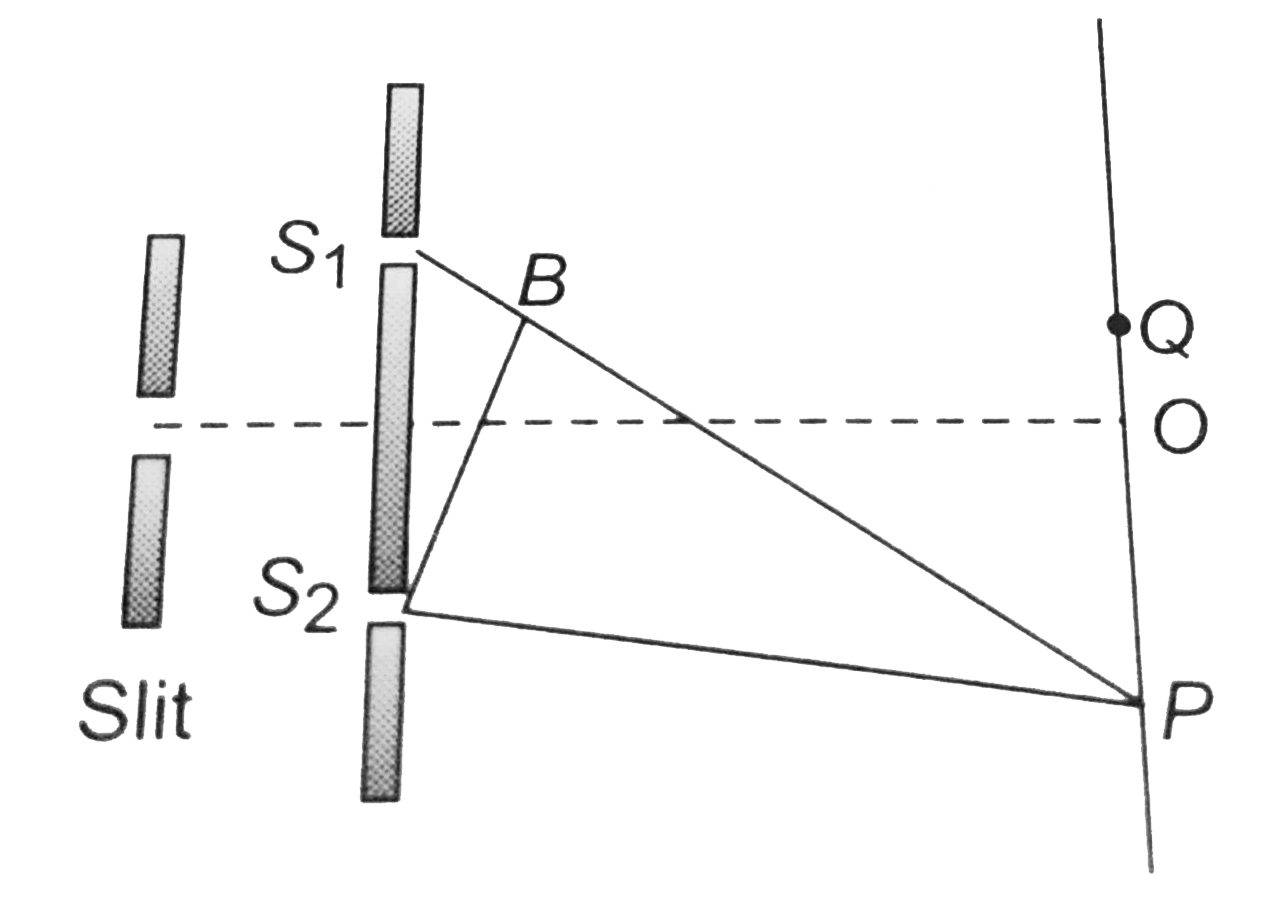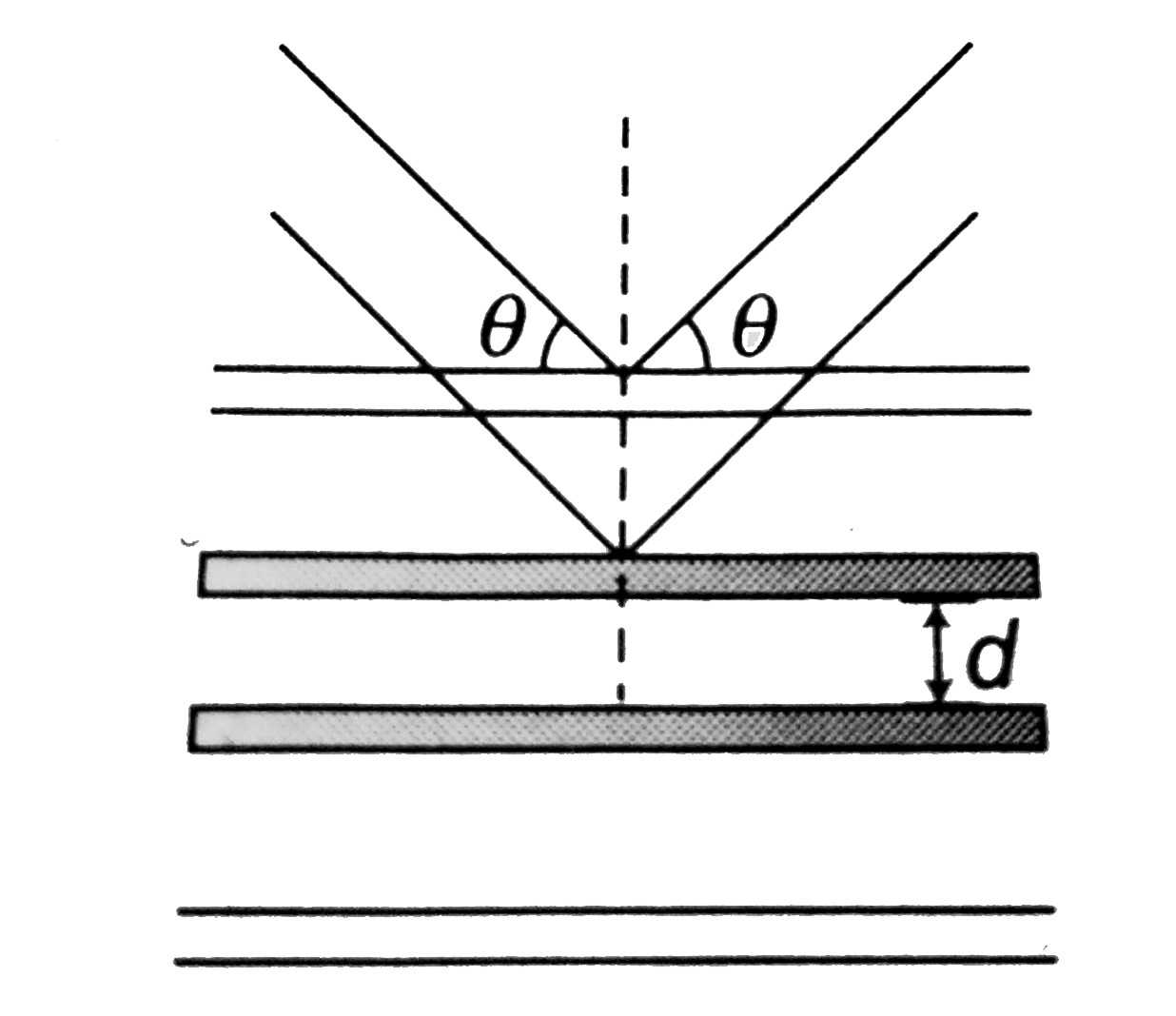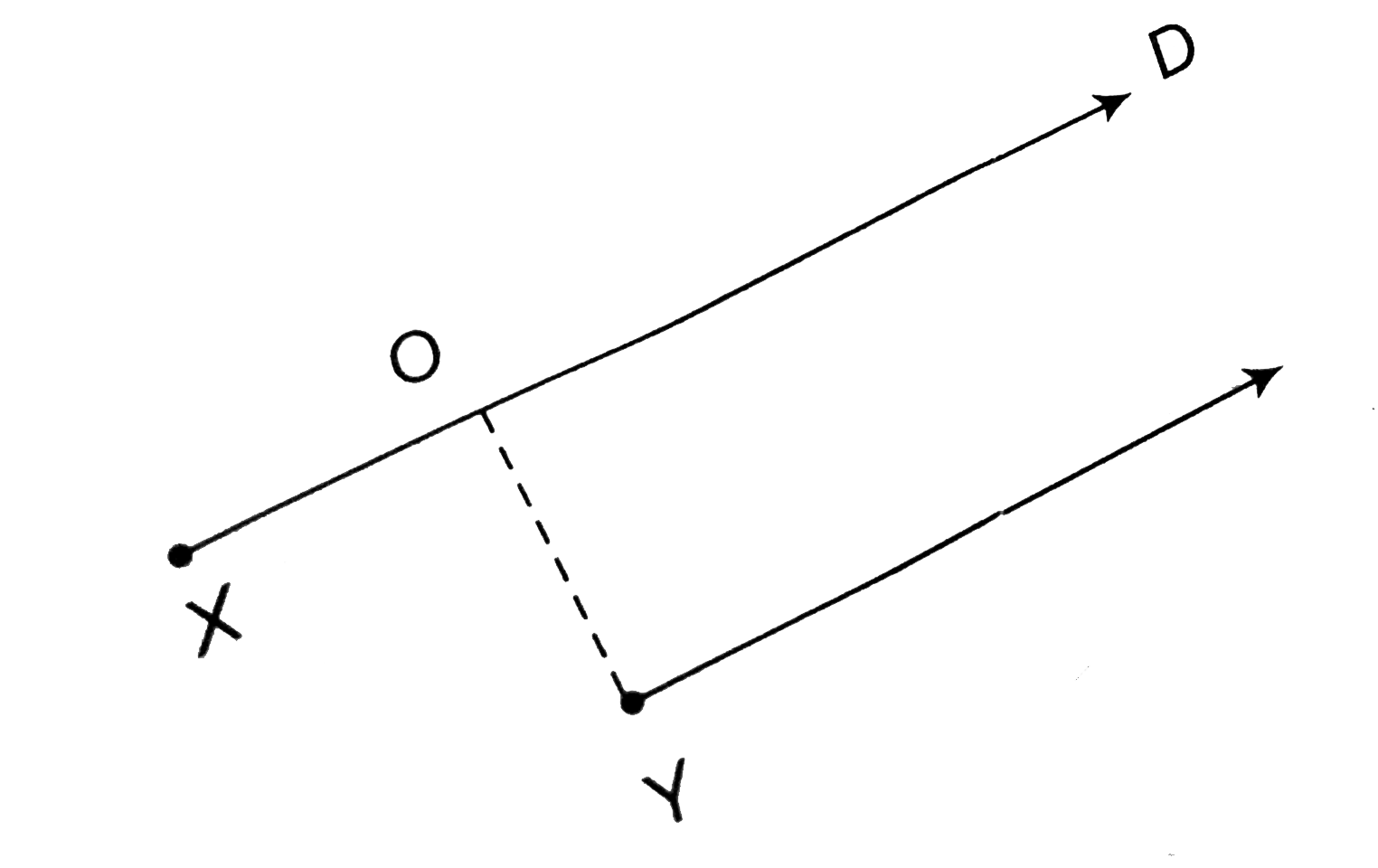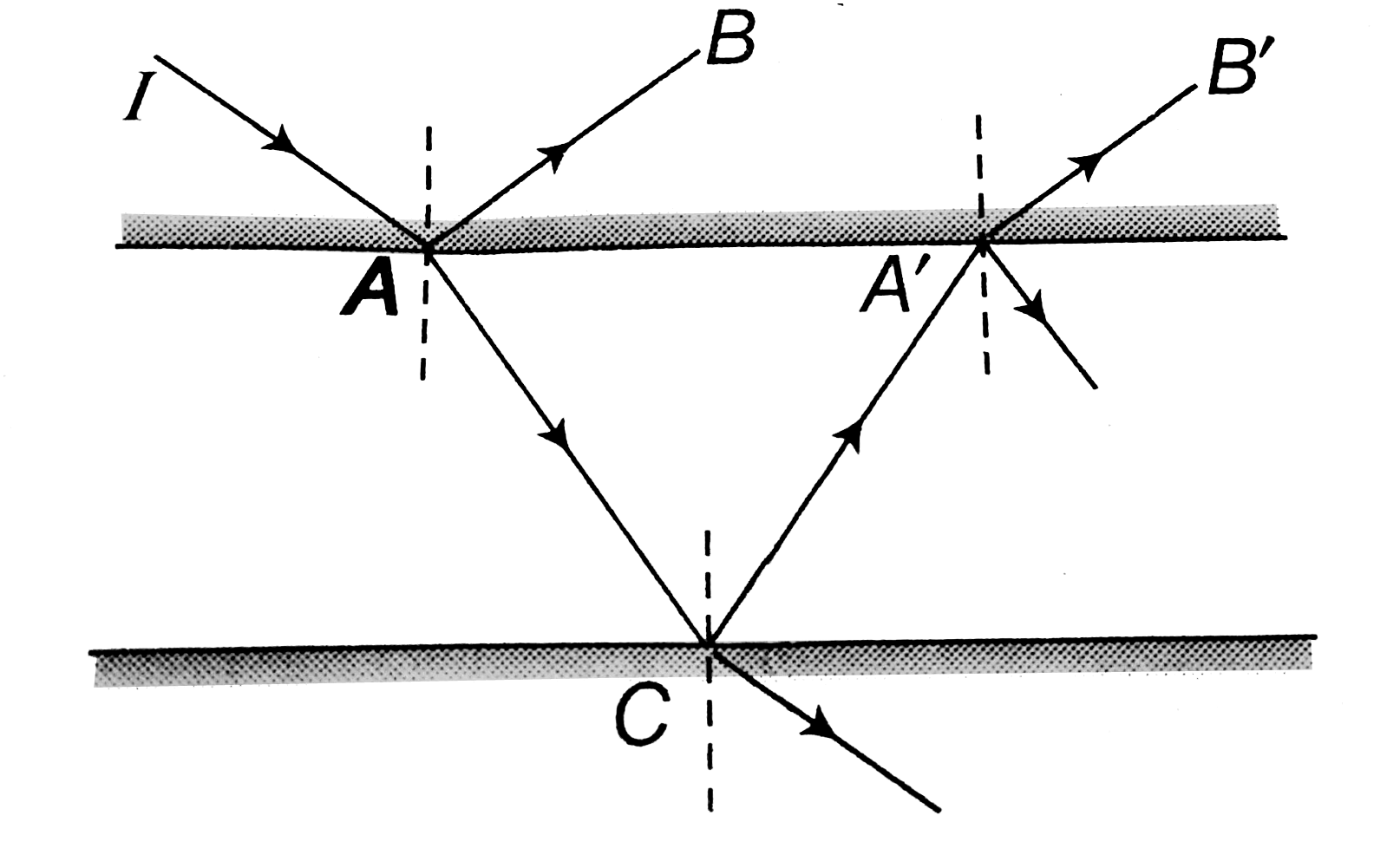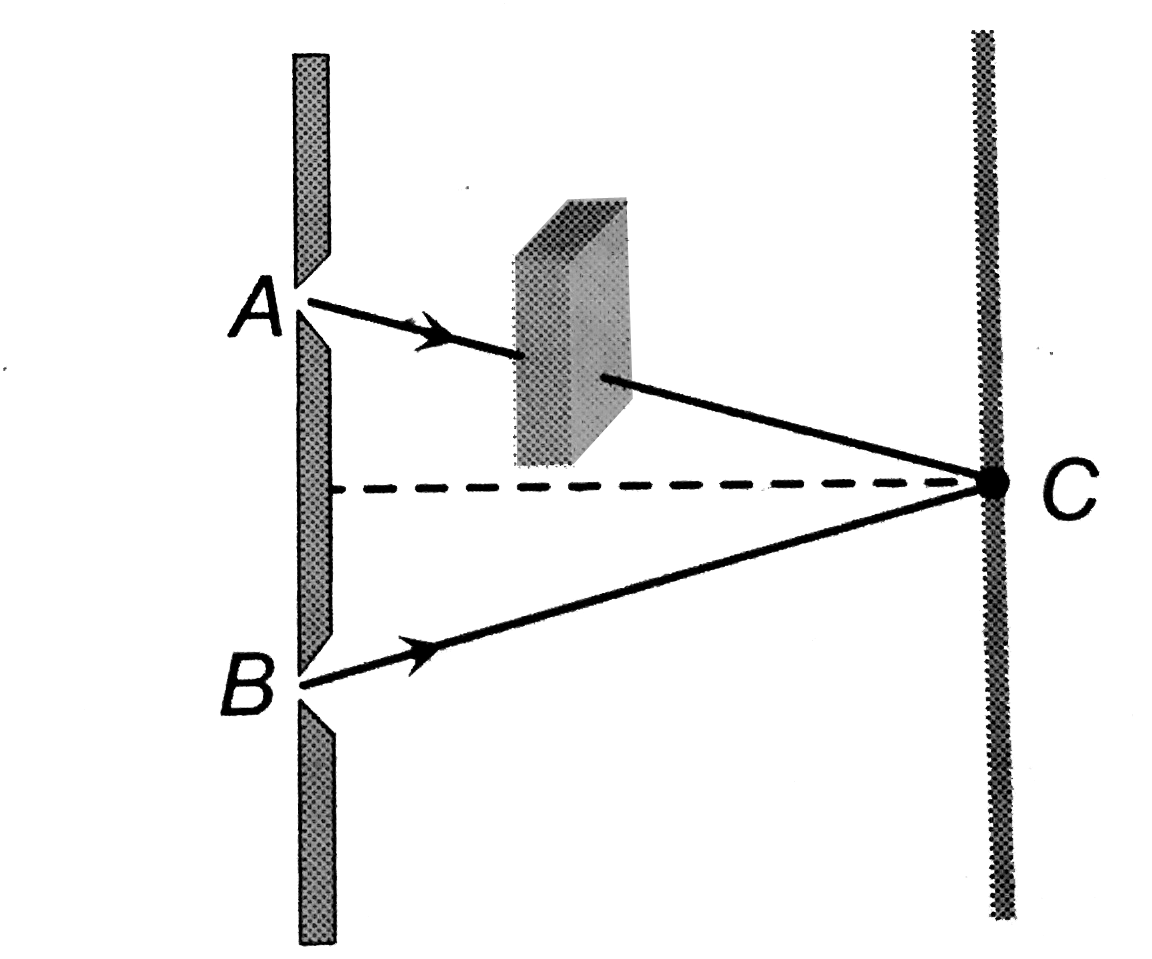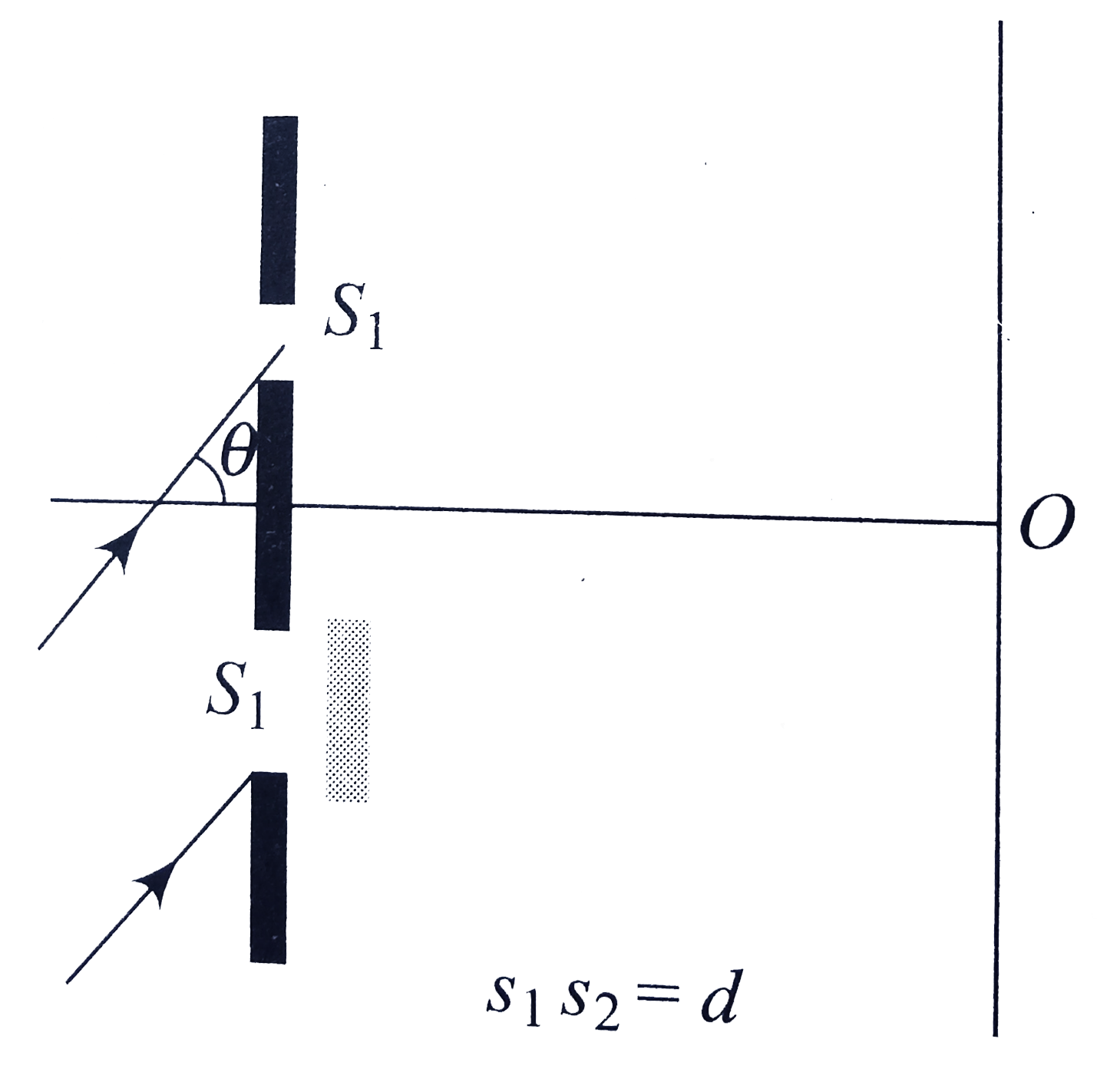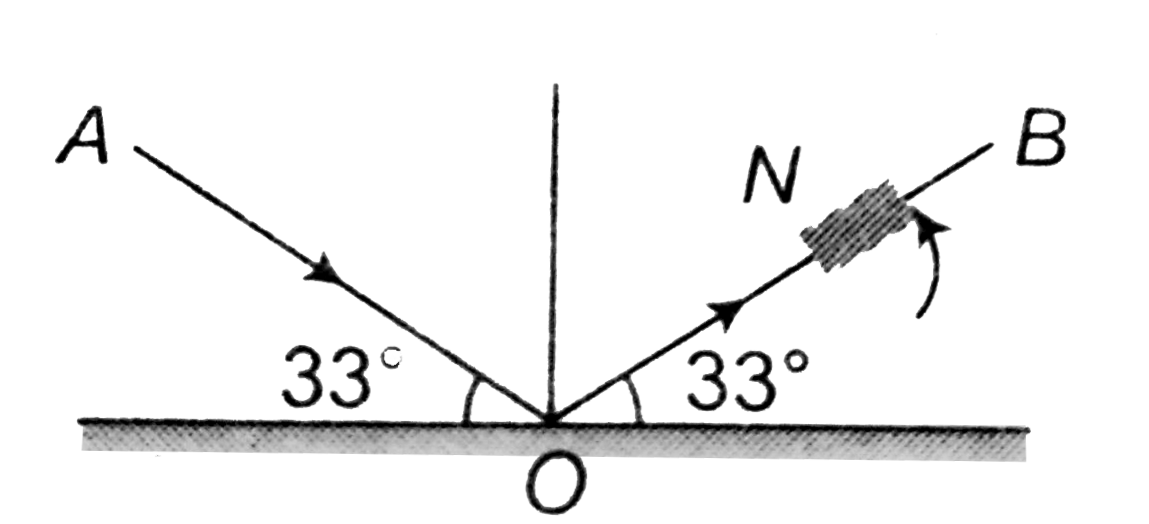EXERCISES from CP SINGH PHYSICS Chapter 19 WAVE NATURE OF LIGHT for Class 12
| Class 12 | PHYSICS |
| Chapter | WAVE NATURE OF LIGHT |
| CP SINGH PHYSICS | EXERCISES |
| Medium | English |
| Academic Year | 2023-2024 |
Question 10
Choose the correct option:
(i) A surface on which the wave disturbance in same phase at all points is called a wavefront.
(ii) The direction of a wave at a point is perpendicular to the wavefront through that point.
(iii) The wavefronts of a wave originating from a point source is spherical.
The wavefronts for a wave going along a fixed direction are planes perpendicular to that direction.View SolutionQuestion 27
For observing sustained interferencr with good contrast, which of the following option are correct?
(i) The sources must be coherent i.e. the phase difference must remain constant.
(ii) The frequencies, wavelengths and amplitudes of interfering waves must be equal and light must be monochromatic.
(iii) The source must be close to each other and must be narrow.
(iv) If the interfering beams are polarised, they must be in the same state of polarisation.View SolutionQuestion 35
A double-slit interference experiment is set up in a chamber that can be completely evacuted. With monochromatic light, an interference pattern is observed when the container is open to air. As the container is evacuated, a careful observer will note that the interference fringesView SolutionQuestion 46
Two ideal slits S1 and S2 are at a distance d apart, and illuninated by light of wavelength λ passing through an ideal source slit S placed on the line through S2 as shown. The distance between the planes of slits and the source slit is D.A screen is held at a distance D from the plane of the slits. The minimum value of d for which there is darkness at O is (d<<D)
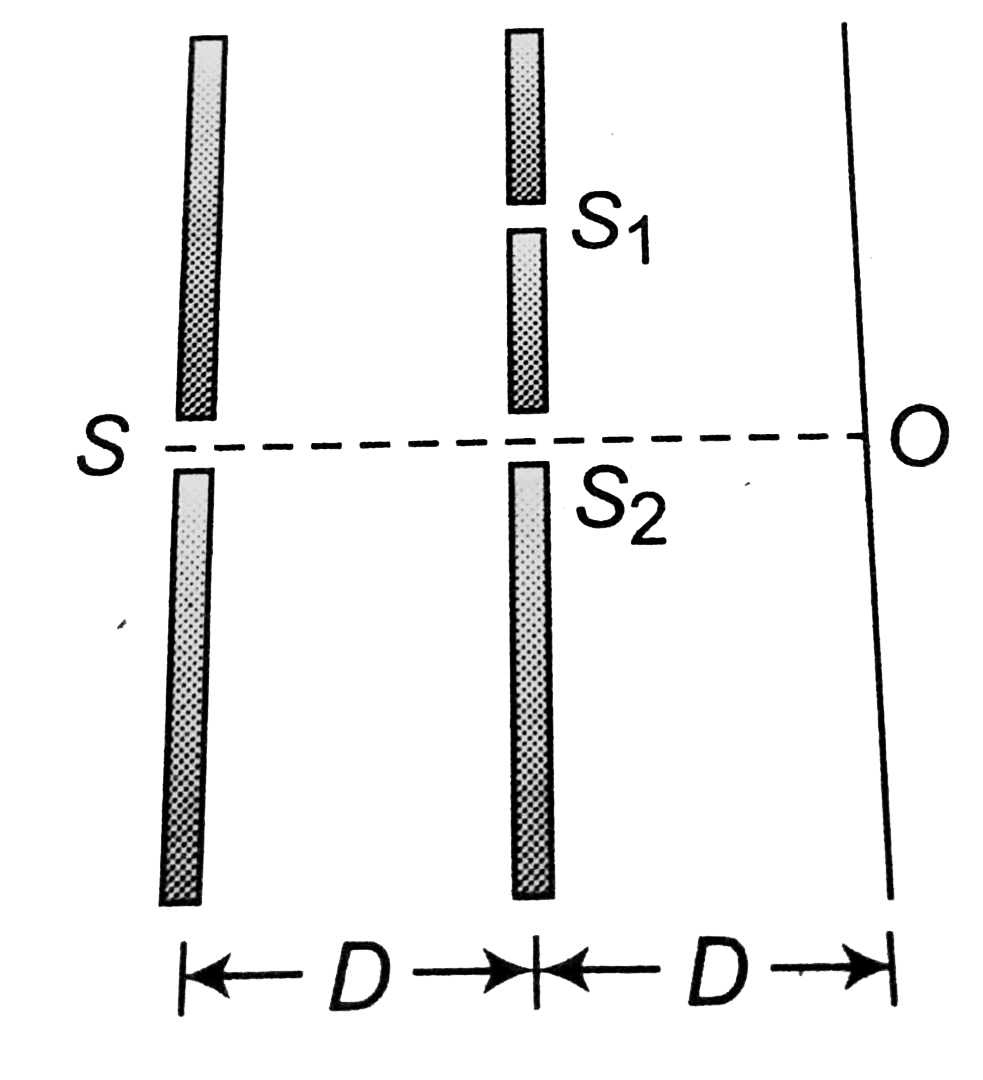 View Solution
View SolutionQuestion 49
The incident light on a Yound's experiment has wavelengths 400nm and 600nm. The distance between the two interfering sources is 2 mm and screen is at a distance of 1 m. The position from central fringe, where bright fringes of two wavelengths coincide first is at a distance ofView SolutionQuestion 51
White light is used to illuminate the two slits in a Young's
double slit experiment. The separation between the slits is b and the screen is at
a distance d(>>b) from the slits. At a point on the screen directly in front of
one of the slits, certain wavelengths are missing. Some of these missing wavelength are View SolutionQuestion 55
In a YDSE, λ=4000Å, fringes observed have a width β. The light illuminating the set-up now has λ=6000Å and the separation between the interfering sources is halved. What is the ratio of the distance between the screen and the interfering sources before and now if the fringe and now if the fringe width ramains unalteredView SolutionQuestion 58
In two separate set-ups of YDSE, using light of same wavelength, fringes of equal width are observed. If ratio of slit separation in the equal width are observed. If ratio of slit separation in the two is 2:3, the ratio of the distance between source and screen in the two set-ups isView SolutionQuestion 70
In the Young's double-slit experiment, the interference pattern is found to have intensity ratio between gright and dark fringes as 9. This implies that
(i) the intensities at the screen due to the two slits are 5 units and 4 units respectively
(ii) the intensities st the screen due to the slits are 4 units and 1 unit respectively
(iii) the amplitude ratio is 3
(iv) the amplitude ratio is 2View SolutionQuestion 77
In Young's double slit experiment, the two slits acts as coherent sources of equal amplitude A and wavelength λ. In another experiment with the same set up the two slits are of equal amplitude A and wavelength λ but are incoherent. The ratio of the intensity of light at the mid-point of the screen in the first case to that in the second case is View SolutionQuestion 83
Fig, here shows P and Q as two equally intense coherent sources emitting radiations of wavelength 20m. The separation PQ si 5m, and phase of P is ahead of the phase Q by 90∘. A, B and C are three distant points of observation equidistant from the mid - point of PQ. The intensity of radiations of A, B, C will be in the ratio
 View Solution
View SolutionQuestion 85
In a Young's double-silt experiment the source slit S and the two slits A and B are horizontal with slit A above slit B. The fringe are observed on a vertical screen. The optical path length from S to B is increased slightly by introducing a tranparent slab. As a result the fringe pattern on the screen movesView SolutionQuestion 88
If a transparent medium of refractive index μ=1.5 and thickness t=2.5×10−5m is inserted in front of one of the slits of Young's Double Slit experiment, how much will be the shift in the interference patten? The distance between the slits is 0.5mm and that between slits and screen is 100cmView SolutionQuestion 91
Interference fringes were produced in Young's double-slit experiment using light of wavelength 5000Å. When a film of thickness 2.5×10−3cm was placed in front of one of the slits, the fringe pattern shifted by a distance equal to 20 fringe-widths. The refractive index of the material of the film isView SolutionQuestion 92
When one of the slits of Young's experiment is covered with a transparent sheet of thickness 4.8mm, the central fringe shifts to a position originally occupied by the 30th bright fringe. What should be the thickness of the sheet if the central fringe has to shift to the position occupied by 20th bright fringe?View SolutionQuestion 93
In the ideal double-slit experiment, when a glass-plate (refractive index 1.5) of thickness t is introduced in the path of one of the interfering beams (wavelength λ), the intensity at the position where the central maximum occurred previously remains unchanged. The minimum thickness of the glass-plate isView SolutionQuestion 95
In double slit experiment fringes are obtained using light of wavelength 4800Å One slit is covered with a thin glass film of refractive index. 1.4 and another slit is covered by a film of same thickness but refractive index 1.7. By doing so, the central fringe is shifted to fifth bright fringe in the original pattern. The thickness of glass film is View SolutionQuestion 101
A person sets up Young's experiment using a sodium lamp and placing two slits 1m from a screen. The person is not sure of slit separation and he varies the separation and finds that the interference fringes disappear if the slits are too far apart. The angular resolution of his eye is (1/60)∘. How far apart are the slits when he just cannot see the interference pattern? (λ=5980Å)View SolutionQuestion 104
A parallel monochromatic beam of light is incident normally on a narrow slit. A diffraction patten is formed on a screen placed perpendicular to the direction of incident beam. At the first maximum of the diffraction pattern the phase difference between the rays coming from the edges of the slit isView SolutionQuestion 133
Two polaroids are placed in the path of unpolarized beam of intensity I0 such that no light is emitted from the second polarid. If a third polaroid whose polarization axis makes an angle θ with the polarization axis of first polaroid, is placed between these two polariods then the intensity of light emerging from the last polaroid will beView SolutionQuestion 134
A beam of unpolarised light is passed first through tourmaline crystan A and then through another tourmaline crystal B oriented so that its principal plane is parallel to that of A. The intensity of the emergent light is I. If A now rotated by 45∘ in a plane perpendicular to the direction of the incident ray, the intensity of the emergent light will beView SolutionQuestion 137
Check the correct statements on scattering of light
S1: Rayleigh scattering is responsible for the bluish appearance of sky
S2: Rayleigh scattering is proportional to 1/λ4 when the size of the scatterer is much less than λ
S3: Clouds having droplets of water (large scattering objects) scatter all wavelengths are almost equal and so are generally white
S4: The sun looks reddish at sunset and sunrise due to Rayleigh scatteringView Solution
